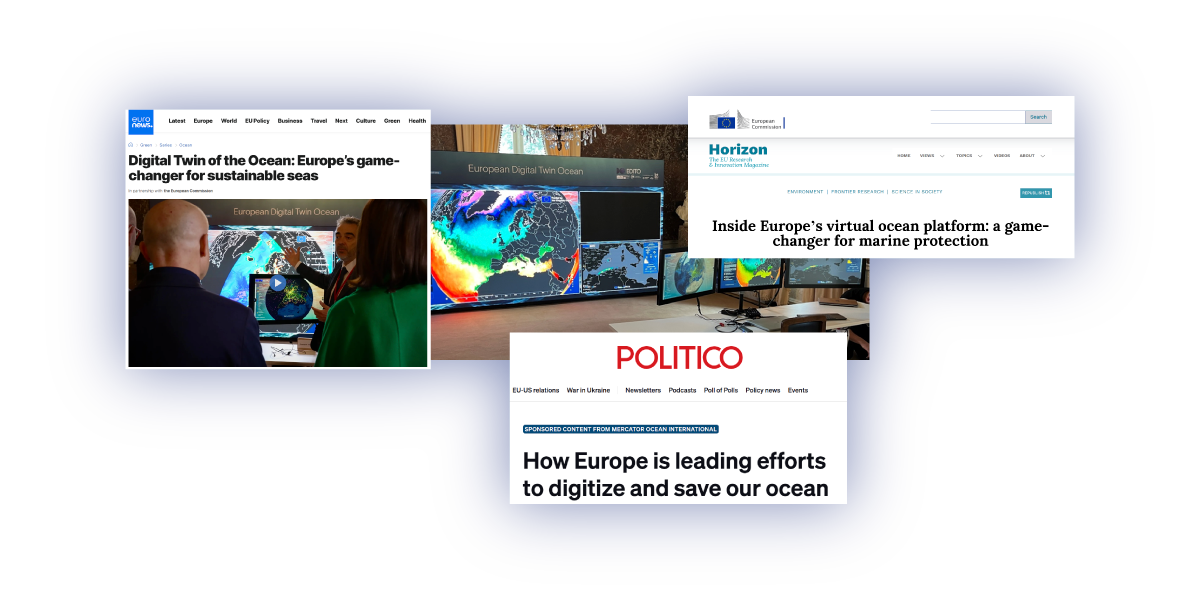EDITO serves as the public infrastructure of the European Digital Twin Ocean, funded by the European Union. Our mission is to make ocean knowledge available to all, empowering decision-makers, researchers, innovators and citizens to access a wealth of ocean insights and tools, grow our shared knowledge, and act for the future.
Welcome note: EDITO enters a new phase
Welcome to the October edition of the EDITO newsletter. This is quite a special edition, as it marks the transition of EDITO to a new phase! From 2022 to early 2025, EDITO Phase One laid the foundation for the European Digital Twin Ocean. Now, Phase Two (2025–2028) will strengthen EDITO’s capabilities and community.
In this next phase, EDITO will be enriched with new tools to support the easy development of applications and “what-if” scenarios. It will offer easier access to resources, inviting users to interact with the platform more intuitively. And the EDITO data lake will be expanded, including more biological, socio-economic, and citizen science data. Through these activities and more, we believe that the European Digital Twin Ocean will make ocean knowledge more accessible and actionable for a greater range of people, and without strict boundaries between disciplines or fields of expertise. This will make it possible to create real use cases that provide a holistic understanding of human impacts and policy decisions on the marine ecosystem.
EDITO is a growing community, and Phase Two will see continued contributions through open calls and the creation of new applications addressing diverse themes. You can explore the milestones so far, and what we plan to achieve in the coming years, in more detail below. Here you’ll also find the latest news from the EDITO community — including our use of groundbreaking applications and our presence at recent events like the United Nations Ocean Conference 2025. All these developments, and much more, will be shared and discussed at the next Digital Ocean Forum in Brussels (November 27-28). We look forward to seeing you there!
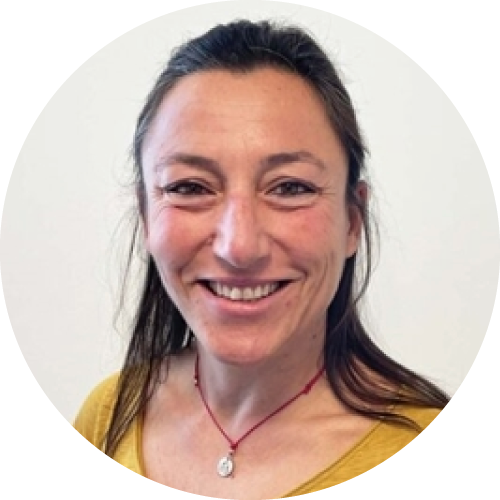
Marina Tonani
EDITO project manager at Mercator Ocean International

EDITO enters a new phase
Understand the milestones that have been achieved so far, and see what’s in store for the European Digital Twin Ocean community.

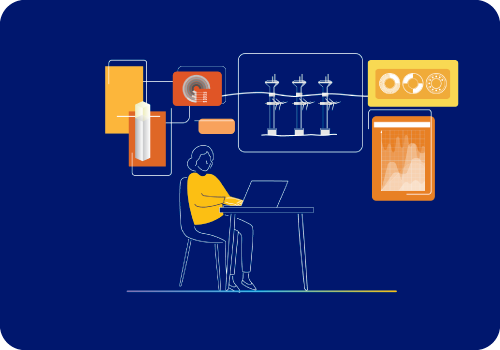
What can you do with EDITO? Watch our new video and find out
Discover how diverse users are harnessing the power of EDITO to access high quality marine data and decision making tools anytime, anywhere.

After three successful editions, the Forum will once again bring together high-level representatives, EU-funded projects, and diverse stakeholders to advance the European Digital Twin Ocean.

EDITO at Events
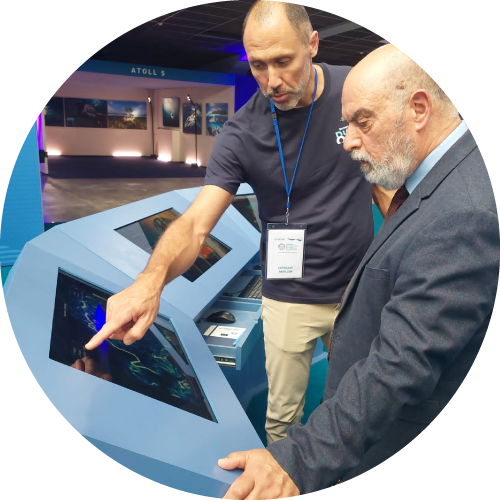
European Digital Ocean Pavilion
Nice, France, 2-13 June
Members of the EDITO community presented in panels and events, including a “How to monitor the ocean with models” session which explored how models simulate the past and predict the future of the ocean.

One Ocean Science Congress
Nice, France, 3-6 June
EDITO capabilities were showcased at the townhall event, “Marine Knowledge at the Fingertips of our Communities: Designing Digital Twins of the Ocean.”
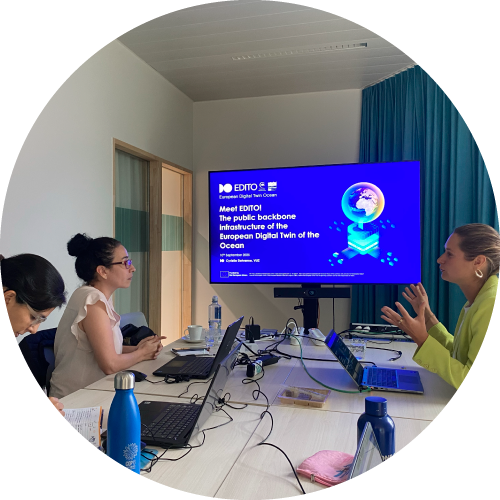
EDITO Presentation to INVEMAR
Ostend, Brussels, 11 September
EDITO partners from Flanders Marine Institute (VLIZ) presented EDITO to members of the Colombian delegation from INVEMAR, highlighting use cases and the importance of continuing to strengthen ties between users and developers.
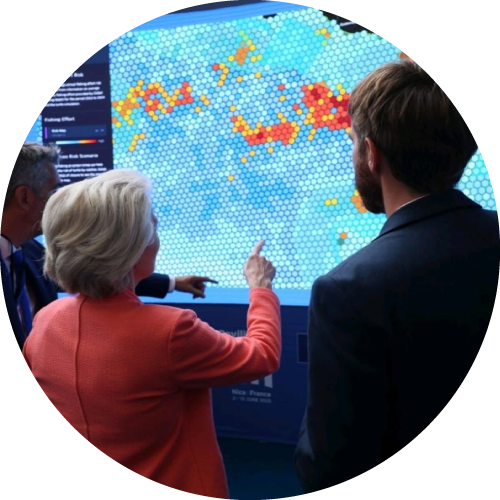
United Nations Ocean Conference
Nice, France, 9-13 June
At this landmark event, the power of EDITO was showcased to global leaders, scientists, innovators, entrepreneurs and civil society.
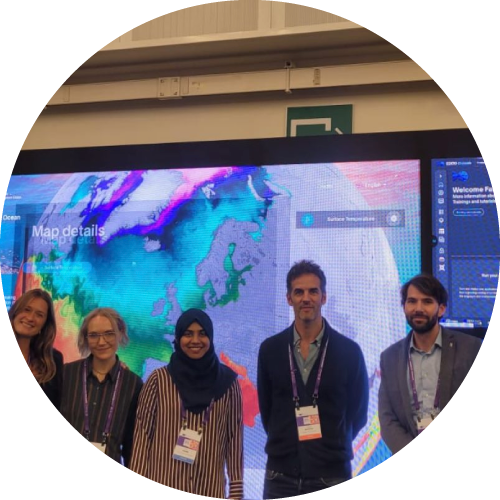
European Research and Innovation Days
Brussels, Belgium, 16-17 September
Participants discovered EDITO with a demonstration of the platform, including applications for science-based decision making and sustainable ocean management.

European Maritime Science Educators’ Association
Ostend, Brussels, 17 September
EMODnet – the in situ data component of EDITO – was presented at EMSEA, highlighting the importance of open and FAIR marine data sharing.

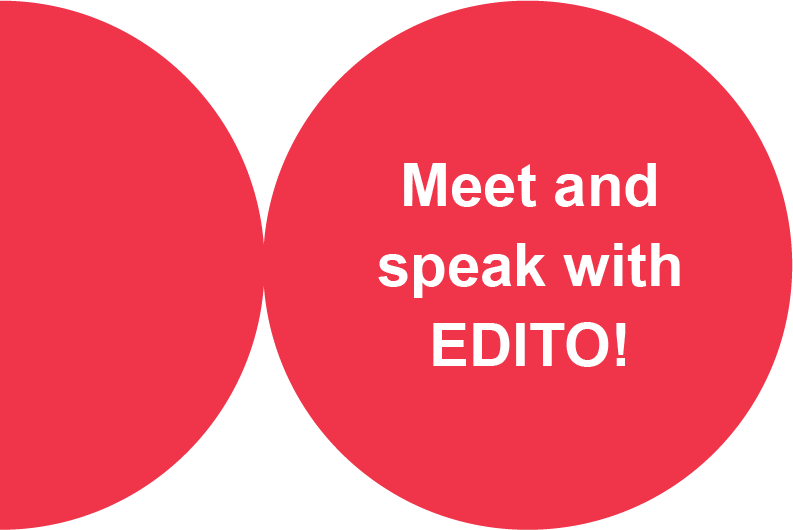
EDITO-Model Lab Hackathon
October 2025
The next Hackathon will be a hybrid event, taking place in Toulouse and remotely. Stay tuned for more details!
EMODnet Open Conference 2025
Brussels, Belgium
25-26 November
OC2025 will discuss EMODnet as an essential marine data service for the European Ocean Pact, EU Ocean Observation Initiative, European Digital Twin Ocean and global digital ocean data ecosystem.
Digital Ocean Forum
Brussels, Belgium
27-28 November
Ocean Sciences Meeting
Glasgow, Scotland
22-27 February 2026

Community Resources
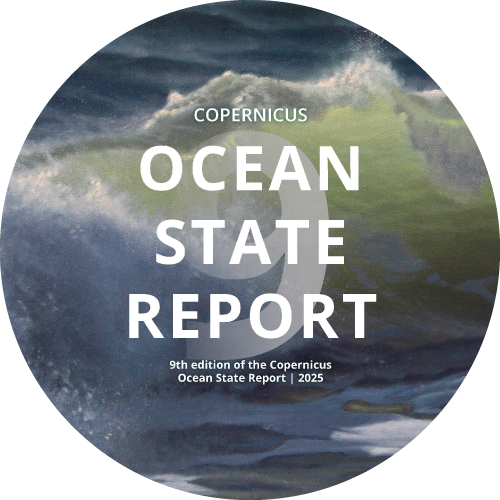
Ocean State Report
The Ocean State Report (OSR) is a flagship annual publication of the Copernicus Marine Service, implemented by Mercator Ocean International. The report delivers scientific evidence about the ocean’s current state, natural variations and long-term trends.

Sign the Call For Action to Advance Ocean Prediction for the Benefit of Society
Join an international mobilisation effort to enhance ocean prediction capabilities in response to urgent societal and environmental challenges.

“The European Digital Twin Ocean is an incredible tool.”
Ursula von der Leyen, European Commission President

